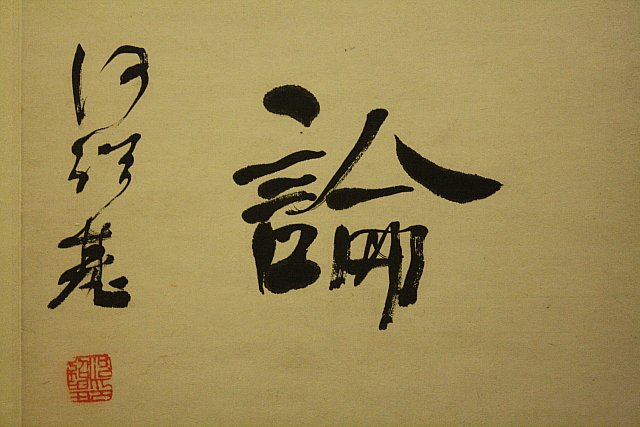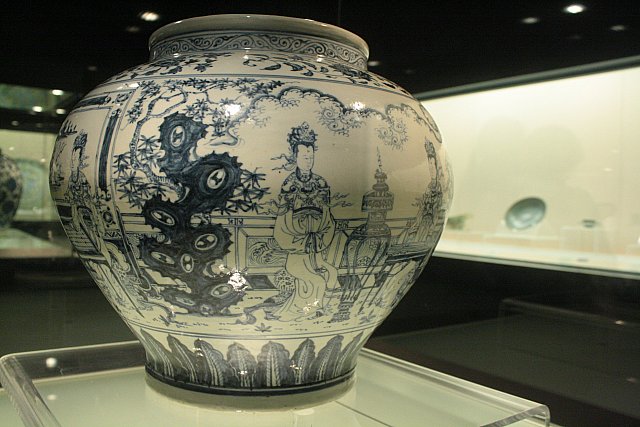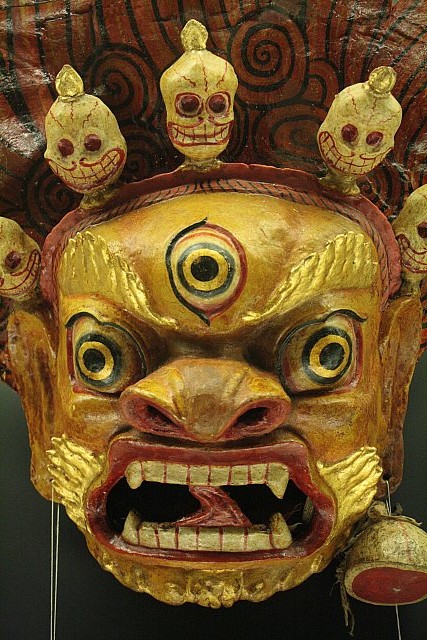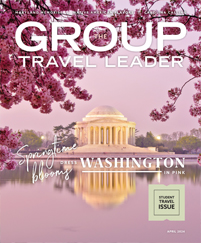
So far, I’ve written a lot about China’s history, its imperial dynasties and how that heritage shows up in modern Chinese life. Today, though, we took a welcome break from history lessons to explore the Shanghai Museum, a free public institution that houses some of the best of Chinese artwork.
Beautiful art is among China’s greatest contribution to the world, and the exhibits at this museum follow the development of various media from pre-history to modern times. One large gallery traces jade carving in China, from 3.000-year old simple ceremonial tools to elaborately carved jewelry worn by royalty in the early 20th century. A gallery on currency showed the fascinating artistic touches in ancient Chinese coins and more modern paper bills, and a clothing gallery highlighted the traditional costumes of many of the ethnic minority groups in the country.
Among my favorite were the painting and calligraphy galleries. There is an art form in Chinese writing that we in the West can little understand. Masters of calligraphy are considered artists here in China, and their best works are presented on long scrolls in the museum’s display cases. Many of the paintings, also presented on scrolls, used black ink or soft water colors to create idyllic natural scenes reflecting the diverse beauty of the Chinese countryside.
Many visitors will also enjoy a visit to the porcelain gallery, which explains how Chinese craftsmen created a new kind of pottery that grew to become a world-famous art form. Some of the finest porcelain works on the planet are on display in this museum, and guests come to realize how fine porcelain pottery came to be known as ‘China’ in the Western world.
Our group spent about an hour and a half in the museum, and at the end of that time, I found myself wishing for much more. If I ever find myself in Shanghai again, this museum will be at the top of my to-do list.

Ancient stone carvings in the sculpture gallery.

A world-class example of Chinese porcelain art.

A Tibetan ceremonial mask.










